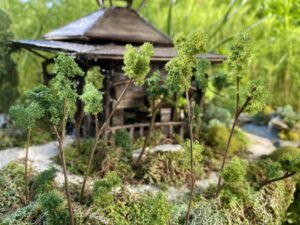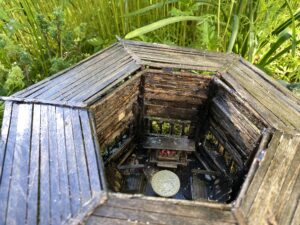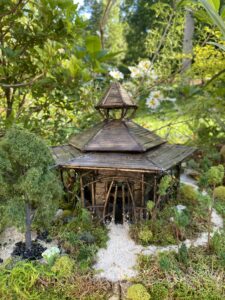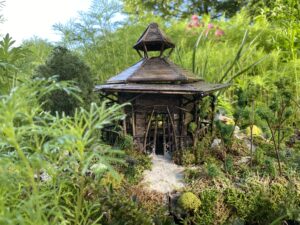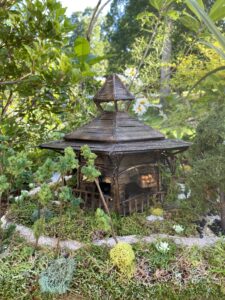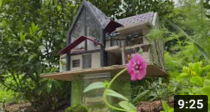Editor’s Note: Aiden undertook this journey as part of a Mission X project. At Woodlawn School, the Mission X program provides a framework for students to explore and develop their interests with the support of the faculty, family, and other students.
From Aiden:
Here you will join my architectural journey and watch as I struggle to build and refine my skills upon two polar opposite mediums. Before beginning Mission X, I already knew that I wanted/needed to work on a topic that I was interested in. For me, this would be my urge to make or build something. Eventually, I came to the conclusion that researching and committing to my chosen career path (residential architecture) would be the only way to create a thoroughly refined project that I would enjoy from beginning to end.
Mission X quickly became an outlet for me to research, practice, conceive, design, experiment, and finally construct things that I would ordinarily not be able to fit into my schedule. My project consists of two segments: (1) Wabi-sabi, in which I research and attempt to portray an untranslatable term/feeling through construction, and another; and (2) An Architect’s Home, where I endeavor to venture as close as possible to my ideal home of work.
Wabi-sabi
 Whilst researching different architectural mediums, I came across a term known as wabi-sabi. This Japanese term portrays a very specific world-view centered on the beauty and acceptance of imperfection. Unfortunately, wabi-sabi doesn’t have an equal translation into any other language which is why its true meaning is depicted by the people who use and see it. After looking into the term a little more, I learned that wabi-sabi refers to the aesthetic beauty of the impermanent, melancholy, and rustic aspects of our world.
Whilst researching different architectural mediums, I came across a term known as wabi-sabi. This Japanese term portrays a very specific world-view centered on the beauty and acceptance of imperfection. Unfortunately, wabi-sabi doesn’t have an equal translation into any other language which is why its true meaning is depicted by the people who use and see it. After looking into the term a little more, I learned that wabi-sabi refers to the aesthetic beauty of the impermanent, melancholy, and rustic aspects of our world.
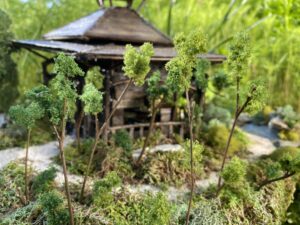 In architecture, I found that it can be used to describe a construction that is passing, fragile, or generally modest. I even discovered a few architects/homeowners who tried to capture this term in the design of their homes, but in the end, they all seemed to be simply minimalist abodes or slightly more refined versions of a rustic house. As an architect in progress, I decided to design and build a premise to venture as close as possible to the term known as wabi-sabi.
In architecture, I found that it can be used to describe a construction that is passing, fragile, or generally modest. I even discovered a few architects/homeowners who tried to capture this term in the design of their homes, but in the end, they all seemed to be simply minimalist abodes or slightly more refined versions of a rustic house. As an architect in progress, I decided to design and build a premise to venture as close as possible to the term known as wabi-sabi.
Activity
You’ve seen Aiden’s design. Now it’s time to give it a try yourself. Using materials you have available, draw or build a model of a house. You can draw or paint or design on a computer. You can build with Lego’s, clay, wood, foam, cardboard, or any other material. Let your imagination be your guide.
- What did you think of the Wabi-sabi House?
- Tell us about your own house design? What materials did you use? How does it make you feel?
- Share a picture of your house design.
Earn badges and qualify for prize drawing by registering and answering journal questions. It's fun and easy!
Explore Further
What is an architect?
What is wabi-sabi?

